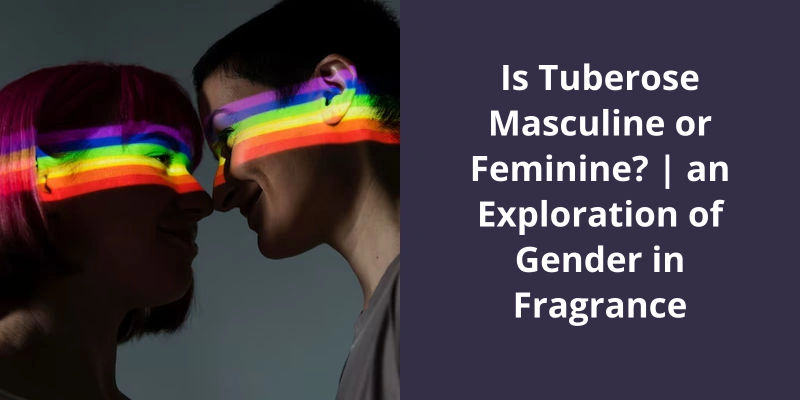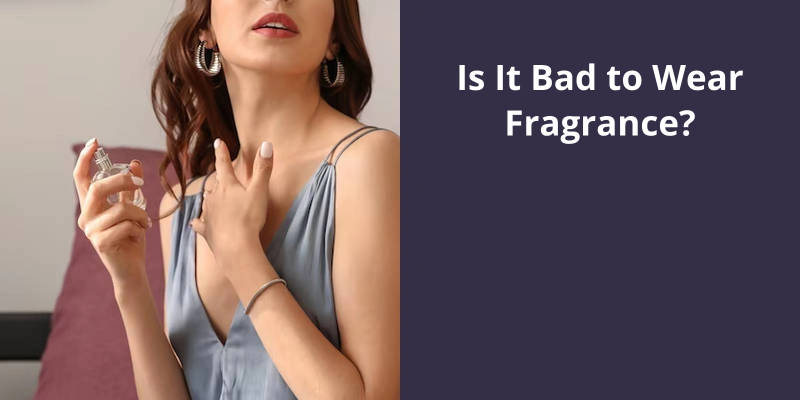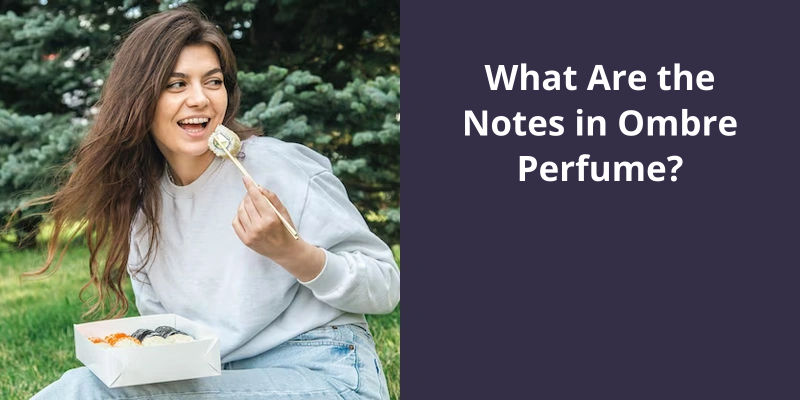Tuberose, traditionally associated with femininity due to its sweet, heavy, and intoxicating floral scent, has been widely used in women’s perfumes. However, fragrance does not adhere to gender boundaries. Thus, despite tuberose’s historic alignment with femininity, it is now also used in men’s fragrances, emphasizing its universal appeal. It contributes depth and complexity to masculine scents, demonstrating that the classification of scents as masculine or feminine is largely subjective and continually evolving.

Is Tuberose Seductive?
Tuberose is an elegant flower with a strong fragrance that captures the imagination of many. This flower is widely considered one of the most seductive species of flowers in the world. It’s sweet, heady scent has been used in perfumery for centuries, and it’s intoxicating aroma is often associated with love, passion, and sensuality.
The tuberose plant originated from the hills of Central America, and it’s been known and valued for centuries for it’s seductive qualities. In ancient Mexico, the Aztecs would use tuberose in religious ceremonies, believing that it had the power to calm the mind and soothe the soul. It’s healing properties and calming effects soon became known across other regions and societies, and it was used in a wide range of different ways to promote relaxation and stimulate the senses.
If youre looking for a way to add a touch of seduction to your life, why not try incorporating this beautiful flower into your daily routine?
How Is Tuberose Used in Perfumery?
Tuberose is a popular floral ingredient in perfumery because of it’s strong and intoxicating scent. It’s used in various forms such as essential oil, absolute and extracts to create luxurious and exotic fragrances. It’s a versatile note and can be paired with different scents such as jasmine, ylang-ylang, and bergamot to create a unique and complex scent profile. Tuberose is often used in high-end and niche perfumes due to it’s rarity and cost.
Exploring the world of fragrances can be a confusing experience, especially for those who aren’t familiar with the intricate details of different floral notes. One common question that often comes up is whether tuberose smells like gardenia. While both flowers are white and emit a strong, heady scent, there are subtle differences that set them apart. Let’s dive deeper into the world of fragrances to understand what makes tuberose unique and how it compares to other popular floral scents.
Does Tuberose Smell Like Gardenia?
When it comes to comparing the scents of tuberose and gardenia, there are certainly some similarities to be found. Both are large, white flowers with a strong, intoxicating scent that can fill a room with just a few blooms. While they share some common notes, such as creamy and musky undertones, there are distinct differences between the two.
It’s a deep, rich aroma that’s often described as exotic and sultry. By contrast, gardenia is more innocent and pure, with a gentler scent that evokes images of fresh, dewy blooms in a sunny garden.
Ultimately, whether you prefer tuberose or gardenia will come down to personal preference and the particular fragrance in which they’re used.
Source: The 15 Best Tuberose Perfumes That Smell So Sophisticated
Now that we understand the significance of tuberose in Hawaiian culture, let’s dive deeper into it’s history and characteristics.
What Does Tuberose Symbolize in Hawaiian?
In Hawaiian culture, the giving and receiving of lei is a highly valued tradition. The tuberose lei, or “le pupu o Niihau” in Hawaiian, holds a special place as a symbol of love and commitment. It’s white petals, arranged in a delicate spiral pattern, are thought to resemble the winding path of true love.
The tuberoses intoxicating, sweet fragrance is another reason why it’s so highly prized in Hawaiian culture. It’s scent is believed to evoke feelings of peace, harmony, and contentment, making it the perfect gift for someone you care about. It’s also often worn at weddings and other special occasions as a symbol of the love and joy thats being shared.
In addition to it’s symbolic meaning, the tuberose has also been used for it’s medicinal properties. In traditional Hawaiian medicine, the tuberose was used to treat a wide range of ailments, including headaches, indigestion, and respiratory problems. It was also used to purify the air and ward off negative energy.
It’s beauty, fragrance, and cultural significance make it a beloved flower across the islands, and it will continue to be an important part of Hawaiian tradition for generations to come.
Conclusion
However, it’s important to recognize that scent preference is a highly personal and subjective experience that goes beyond traditional gender norms. Tuberose, with it’s complex and alluring aroma, is a prime example of a note that defies categorization. While it may be considered more traditionally feminine, it can still be appreciated and enjoyed by anyone regardless of gender identity. At the end of the day, it’s up to the individual to decide what they find appealing and no scent should be limited by societal expectations.





